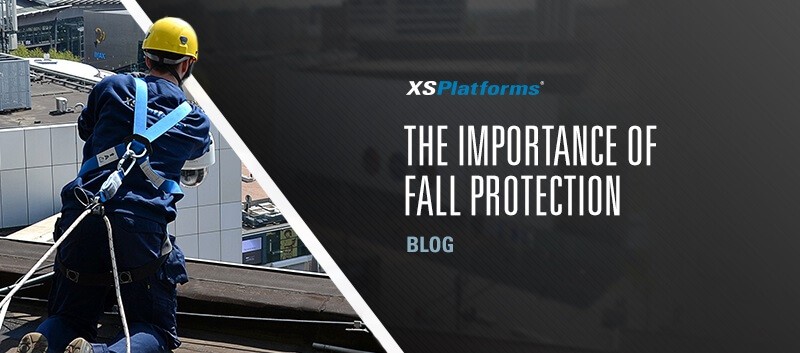
Falls from height during work still occur far too frequently. In 2018 in the Netherlands it is estimated that 58.000 people sustained injuries after a fall from height at work1. Statistics from the United Kingdom show that 28% of fatal workplace accidents were caused by falls from height and 43,000 workers got injured after a fall from height2. In the United States of America in 2017 887 fatal workplace falls took place, and another 56.890 workers got injured after a fall to a lower level3.
Fall accident statistics don’t lie
The above statistics show the need for safety measures, such as fall protection equipment. Most of the accident reports tell us that the accident could have been prevented if proper safety measures were taken, if fall protection equipment was actually used and/or if workers received proper training for working at height. Many people, unfortunately, underestimate the risk of working at height. Especially relatively low heights. But falls from height generally have severe consequences. To raise awareness about the risks of working at height we’ve put together several infographics about fall accidents per country or region.
You can use these infographics to educate employers or employees about the risks of work at any height as well as the consequences of a fall from height.


Preventing falls starts with proper planning
Falls from height are almost always preventable, either by preventing work at height, or by employing fall protection measures. Building owners and employers are required to provide safe workplaces free from known hazards. As proper planning helps prevent any health and safety incidents, a good place to start is the fall protection plan. In this plan you analyze the fall hazards of the worksite and write down the safety measures to prevent falls from height. You include both safety equipment as well as safety procedures.
Additionally you should also think about rescue procedures, should a worker become unwell at height, or if they are hanging in suspension when their fall was arrested by their equipment.

The side effect of fall arrest equipment
When working with fall arrest equipment the risk of a fall is still present, however, the equipment will stop the user from falling onto a lower level, or from hitting a lower structure. But what happens when a user’s fall is stopped? They hang in the air in their harness. Which brings us to an often debated, sometimes even controversial subject, Harness Suspension Trauma.
When hanging in a harness, the leg straps pinch off the veins in the groin area, disrupting the blood circulation. Which limits the oxygen supply to the vital organs, such as our brain and heart. As a result the person who’s hanging in suspension may feel lightheaded or nauseous and could even faint.
To alert employers (and employees) to the necessity of proper rescue planning we’ve written several blogs about Harness Suspension Trauma.